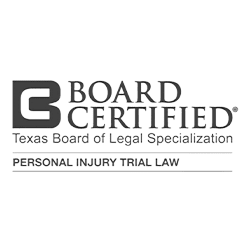Anesthesia is essential for many medical procedures. Although it has become safer over the years due to advancements in medicine and technology, errors still occur, leading to severe or life-threatening complications.
How Do Anesthesia Errors Occur?
Mistakes can occur in the administration or management of anesthesia before, during, or after a procedure. The following are common anesthesia errors:
- Dosage errors: One of the most common mistakes is incorrectly calculating or administering anesthesia. Underdosing can leave the patient awake and in pain during surgery. Overdosing can cause brain damage, coma, or death.
- Improper use of equipment: Anesthesia equipment must be properly used and maintained. Misuse or malfunction of equipment can result in overdose, insufficient delivery of oxygen, and catastrophic injury to the patient.
- Failure to monitor vital signs: A patient’s vital signs must be closely monitored during anesthesia. Failure to observe changes in blood pressure, oxygen levels, or heart rate can lead to cardiac arrest, respiratory failure, and other severe consequences.
- Delayed or failed intubation: Patients must be properly intubated to ensure airways remain open so breathing can continue during surgery. Delayed or incorrect intubation can cause oxygen deprivation, which can lead to brain damage or death.
- Allergic reactions to anesthesia: Some patients are allergic to anesthesia agents. Anesthesiologists have a responsibility to review the medical history of the patient for potential allergies and respond correctly if an allergic reaction occurs. Failure to do so can lead to anaphylaxis and other serious consequences.
- Failure to provide pre-anesthesia instructions: In many cases, patients must follow specific instructions, such as fasting, before receiving anesthesia. Failure to properly communicate these instructions creates a risk of aspiration (inhaling food or liquid into the lungs) and other complications.

















